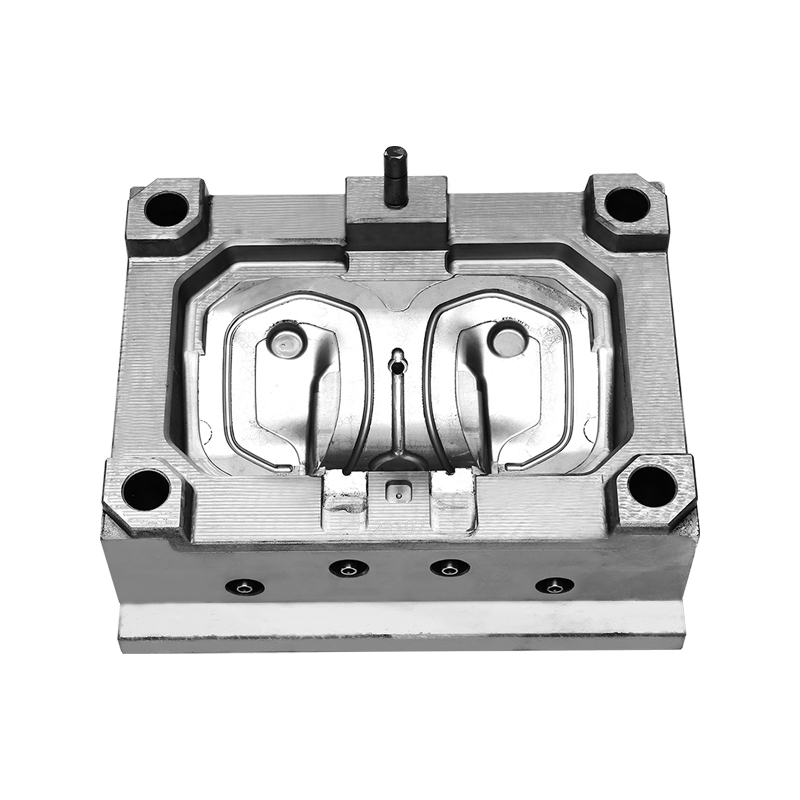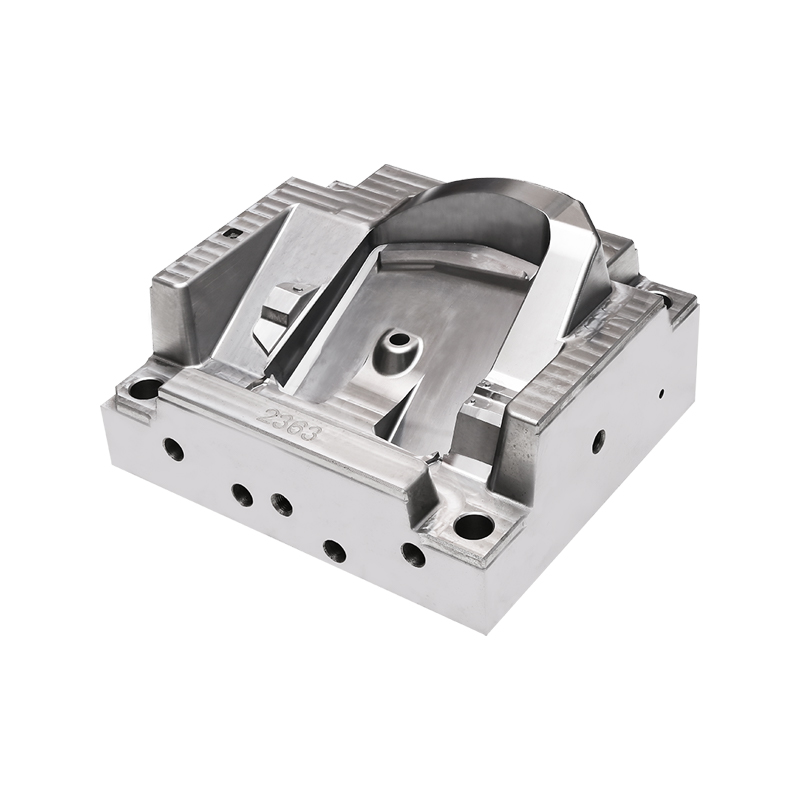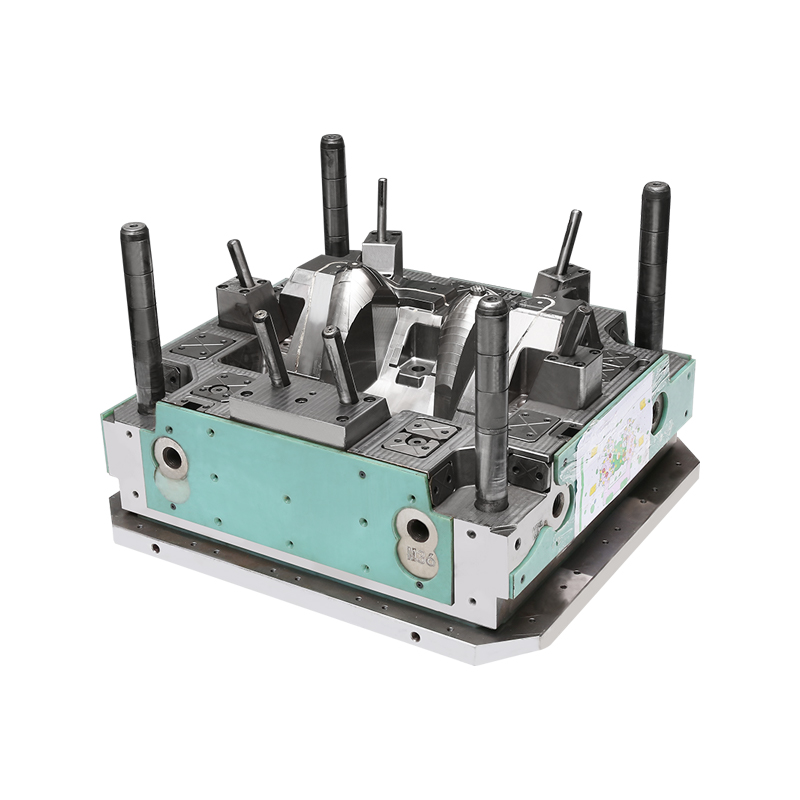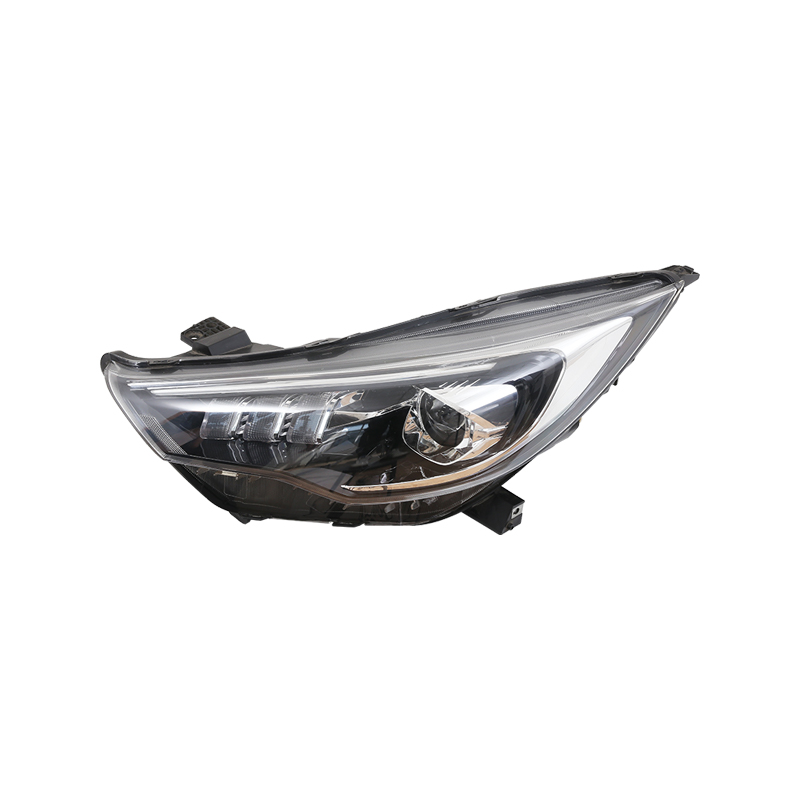Wholesale Automotive Plastic Car Part Mold Mould Factory
In the heart of the automotive industry, the precision and innovation of car part molds stand as a testament to the marriage of engineering prowess and manufacturing excellence. Car part molds are not just tools; they are the backbone of the automotive manufacturing process, ensuring that every component fits, functions, and performs to the standards. This article delves into the intricate world of car part mold design and manufacturing, showcasing the principles, processes, and technologies that drive the creation of these critical automotive components.
Designing Car Part Molds: The Foundation of Precision
The design of car part molds is a meticulous process that demands adherence to stringent requirements. Dimensional accuracy is paramount, as even the slightest deviation can to component failure or poor performance. Designers must also consider the complexity of the shapes they create, as intricate parts require molds with advanced features to achieve the desired form. Functionality is another critical aspect, with molds needing to facilitate the production of parts that meet the dynamic demands of modern vehicles.
To achieve these goals, car part mold designers employ computer-aided design (CAD) software, which allows them to create detailed virtual models of the molds. These digital blueprints are then used to guide the manufacturing process, ensuring that the physical molds are an exact match for the intended car part. The design phase is also where considerations for material selection and processing techniques come into play, with each choice influencing the final product's quality and performance.
The Manufacturing Process: From Blueprint to Reality
Once the car part mold design is finalized, the manufacturing process begins. This journey encompasses several stages, each critical to the creation of a high-quality mold.
1. Material Selection: The Bedrock of Strength and Durability
The choice of material for car part molds is crucial. Steel is often the preferred material due to its strength and durability, which are essential for withstanding the high pressures and temperatures involved in the molding process. Advanced materials, such as high-speed steel or aluminum alloys, may also be used for specific applications, offering benefits like reduced weight or improved heat dissipation.
2. CNC Machining: The Art of Precision
Computer Numerical Control (CNC) machining is a key technology in the production of car part molds. This method allows for the precise cutting and shaping of the mold materials, ensuring that the final product meets the tightest tolerances. CNC machines can work with a variety of materials and are capable of creating complex geometries that would be impossible to achieve through manual methods.

3. EDM Machining: The Power of Electricity
Electric Discharge Machining (EDM) is another vital technique in car part mold manufacturing. This process uses electrical sparks to erode material, allowing for the creation of intricate details and sharp edges that are beyond the reach of traditional cutting methods. EDM is particularly useful for hard materials or for creating molds with very fine features.
4. Heat Treatment and Surface Finishing: Enhancing Performance
After the initial machining, car part molds often undergo heat treatment processes to improve their strength and durability. Surface finishing techniques, such as polishing or texturing, are also applied to ensure that the molds can effectively release the finished parts and maintain a consistent quality throughout the production run.
5. Quality Control and Testing: Ensuring Excellence
Before a car part mold is put into production, it undergoes rigorous quality control and testing. This includes dimensional inspections to ensure that the mold meets the design specifications and functional testing to verify that it can produce parts that meet the required performance standards.
The Impact of Car Part Molds on the Automotive Industry
The precision and quality of car part molds have a profound impact on the automotive industry. They enable the mass production of complex and high-performing components, which in turn drives innovation and competitiveness. As vehicles become more advanced, with increased demands for efficiency, safety, and sustainability, the role of car part molds becomes even more critical.
In conclusion, the design and manufacturing of car part molds is a complex and sophisticated process that requires a deep understanding of materials, engineering, and manufacturing technologies. It is through this intricate dance of precision and innovation that the automotive industry continues to evolve, pushing the boundaries of what is possible in the realm of transportation. Car part molds are not just silent heroes behind the scenes; they are the very foundation upon which the The future of mobility is built.

 English
English 中文简体
中文简体 русский
русский Español
Español








